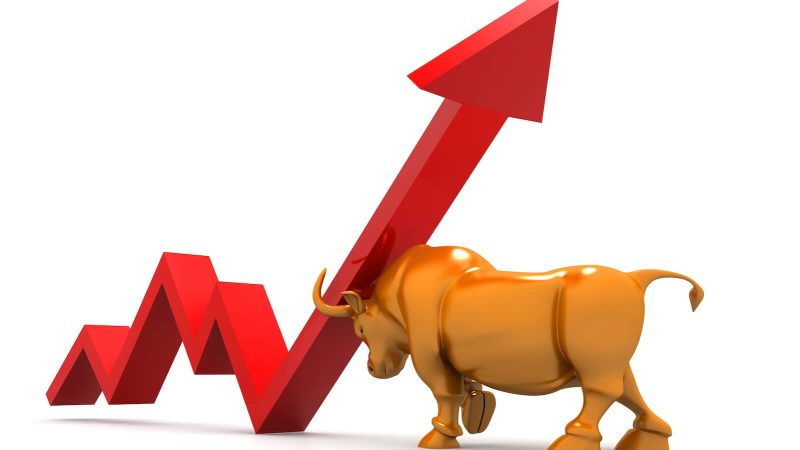The Dynamics of Stock Market Rally
A stock market rally is a significant and sustained surge in the stock market prompted by widespread buying of stocks and securities. The rally’s occurrence may be attributed to several factors such as positive economic indicators, improved confidence among investors, or even unexpected news events. A rallying market is characterized by its ability to shed short-term fluctuations and maintain an upward trajectory over a longer time frame.
Understanding the mechanisms of a stock market rally commences with a look into market sentiment, a crucial indicator for stock movement. Positive or optimistic sentiment among investors tends to drive increased buying activities; as more individuals and institutions pour into the market, share prices increase. This sustained increase, if prolonged and widespread, results in a rally.
It’s imperative to note that a stock market rally does not occur in isolation; it’s pegged to the overall economic climate. Robust economic indicators such as low unemployment rates, positive GDP growth, and stable geopolitical conditions can trigger a rally. An improvement in earnings reports or even the anticipation of favorable financial legislation may also spur an upswing.
The Role of Yield Rise
In conjunction with understanding stock market rallies, another key concept to comprehend is the yield rise. The yield, in financial terms, refers to the income return on an investment, such as dividends or interest received. A rise in yield, therefore, signifies a surge in the returns an investor gains.
Generally, a rising yield environment indicates a robust economy. However, it also implies a looming risk of inflation. Higher yields could suggest elevated borrowing costs, which may slow down investment and, in turn, economic growth. It’s worth noting that the yield rise has a more pronounced effect on sectors that rely heavily on borrowed money.
Historically, yield rises are correlated to stock market rallies, although not always directly. Rising yields attract income-focused investors and can stimulate activity in the stock market, thereby indirectly fueling a rally. Besides, yield rises are often interpreted as a sign of economic strength, which could boost investor confidence resulting in an upswing in the stock market.
Interplay Between Stock Market Rally and Yield Rise
The relationship between a stock market rally and a rise in yield is intriguing yet sophisticated. Since investors react to market sentiment and economic indicators, the interplay between these two phenomena is continuous and, often, mutually reinforcing.
For example, in a scenario where the yield rises, investors focusing on dividends or income might buy more stock because the returns on their investment increase with the rise in yield. This surge in buying can trigger a stock market rally. Conversely, a stock market rally might encourage the government to raise interest rates to prevent overheating the economy, which leads to a rise in yield.
It’s important to recognize the complexity of these mechanisms and their interconnectedness right from the start. For investors, the understanding of the interplay between stock markets and yields can provide a compass to navigate the financial world. Conducting thorough market analysis backed by sound financial knowledge can, therefore, help in making informed and strategic investment decisions.




